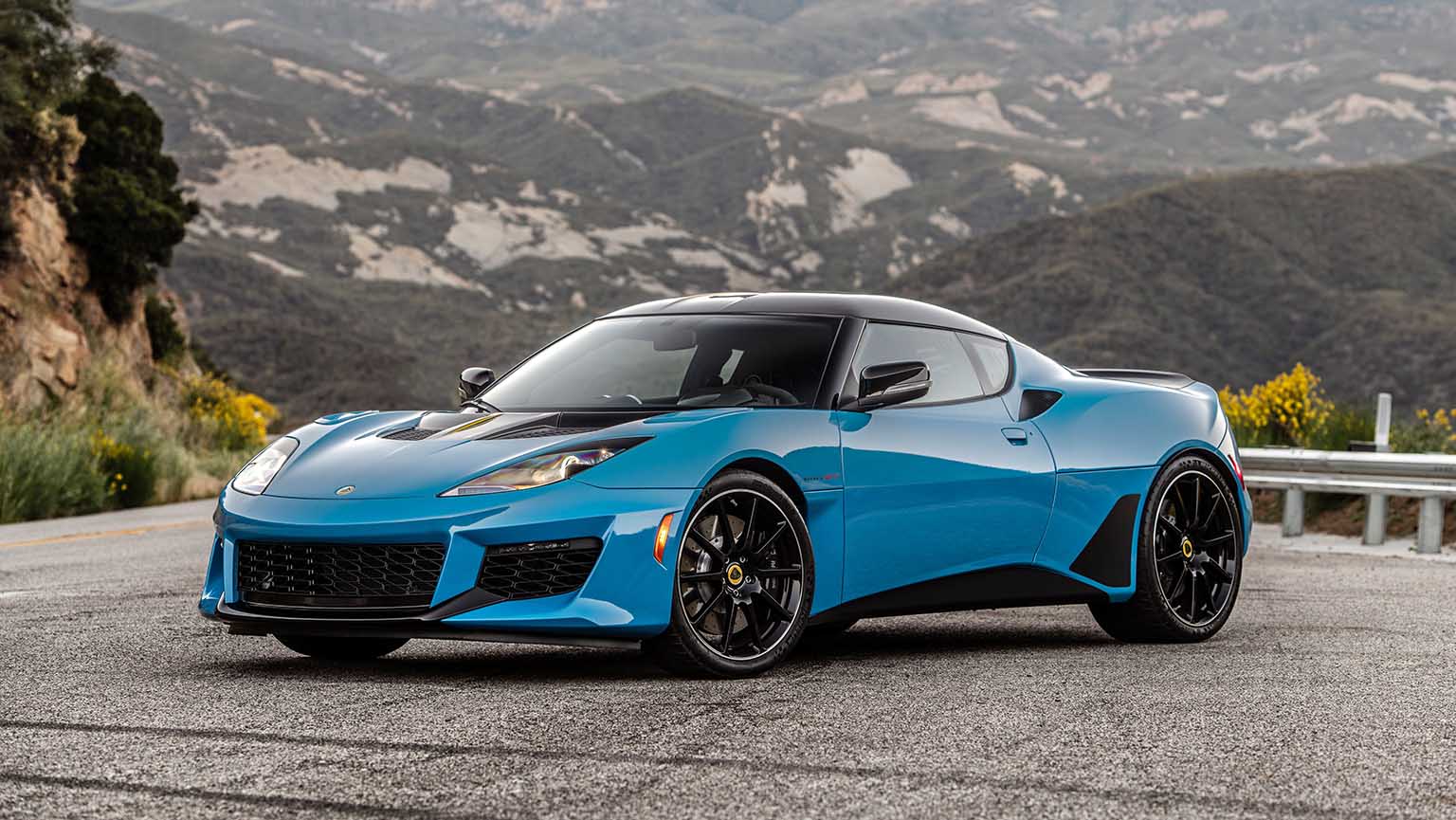
Lotus Marque History
Lotus founder Colin Chapman (1928-1982) is famous for a saying that would guide development of every road and racecar to wear the marque’s name: “Adding power makes you faster on the straights, subtracting weight makes you faster everywhere.” He also put it another way: “Simplify, then add lightness.”
Chapman lived for just 54 years, but his engineering philosophy was proven time and again in numerous Formula One championships, along with victories in road racing.
The current Lotus line for the U.S. includes the mid-engine Evora and the upcoming Evija. The Evija, pronounced “Eve-eye-ah”, is a $2m, 2,000-horsepower electric hypercar. Lotus will make just 130.
Lotus Cars has lived a varied history, with ownership at times by General Motors, Bugatti (the pre-Volkswagen Group 1990s company), Malaysian automaker Proton and, currently, Chinese automaker Geely, which also owns Volvo. Along the way, Lotus for a while even supplanted Aston Martin as James Bond’s car of choice, and Bond was not the only fictitious undercover special agent to drive one.
Lotus Blossoms
Anthony Colin Bruce Chapman began his car-building career in the late 1940s building a few “trials” cars. The uniquely British motorsport of trials began as a low-cost, dirt-and-mud hill climb competition using spindly, lightweight home-built buggies. These were often based on tiny Austin Sevens hauled out of scrapyards.
By 1951, Chapman’s Mark 3, a bug-like road racer, was the first to be called a Lotus. The name was apparently not taken from the Lotus flower. According to Lotus Cars, “the true origin of the name remains a secret known only to Colin and Hazel Chapman.”
A succession of lightweight Lotus racers and road cars could be bought complete, or as kits for the owner to assemble to avoid certain taxes in the U.K. Among these, the cycle-fender Lotus Seven, a car even more rudimentary than a Morgan, became a legend on road and track. Caterham Cars bought production rights to the Seven in 1973 and has been making it ever since (including kits). That’s not including knock-offs from dozens of companies over the years.
All About E
Here’s a Lotus fun fact: all the road cars except the Six and Seven had names starting with the letter E. In chronological order, they are: Elite, Elan, Europa, Esprit, Elite (second generation), Eclat, Excel, Elan (second generation) Elise, Exige, Evora and Evija.
The 1955-1958 Lotus Eleven sports racer is said to have inspired Chapman to name all Lotus road cars starting with an “E” because he liked the way “11” sounded when spoken. With a body designed by aerodynamics expert Frank Costin, the tiny, 134-inch long, 1,200-pound Lotus Eleven was a wind cheater that was also quite beautiful.
The Eleven demonstrated Chapman’s “lightness” mantra by winning numerous class victories at Le Mans and Sebring and even taking seventh place overall at Le Mans in 1956. It took three Jaguar D-Types, a Porsche 550 Spyder, a Ferrari 625LM and an Aston Martin DB3S to beat the Lotus.
Another tradition Chapman started, and that Lotus has mostly followed over the decades, is using O.P.E. – “other peoples’ engines.” The early cars used various small-displacement four-cylinder engines from Ford, BMC and Coventry-Climax. The current Evora and Elise (the latter no longer offered in the U.S.) use Toyota-based engines to great effect.
Elite
The first proper road car from Lotus was the 1957 Elite, “proper” meaning it had a complete body. The slippery design had a remarkably low 0.29 coefficient of drag. The Elite was also a featherweight at about 1,500 pounds, making the most of engine output that ranged from 71-105 horsepower through the end of production in 1963. Just about 1,050 were made.
The Elite used an innovative unitized fiberglass body and structure, which had never been done before. Four-wheel independent suspension and four-wheel disc brakes made the Elite more advanced than anything in its class, but comfort and quality were not its strong suits. The Elite was most effective on the track, winning its class at Le Mans six years in a row. It remained a formidable road racer afterward and is popular for historic racing.
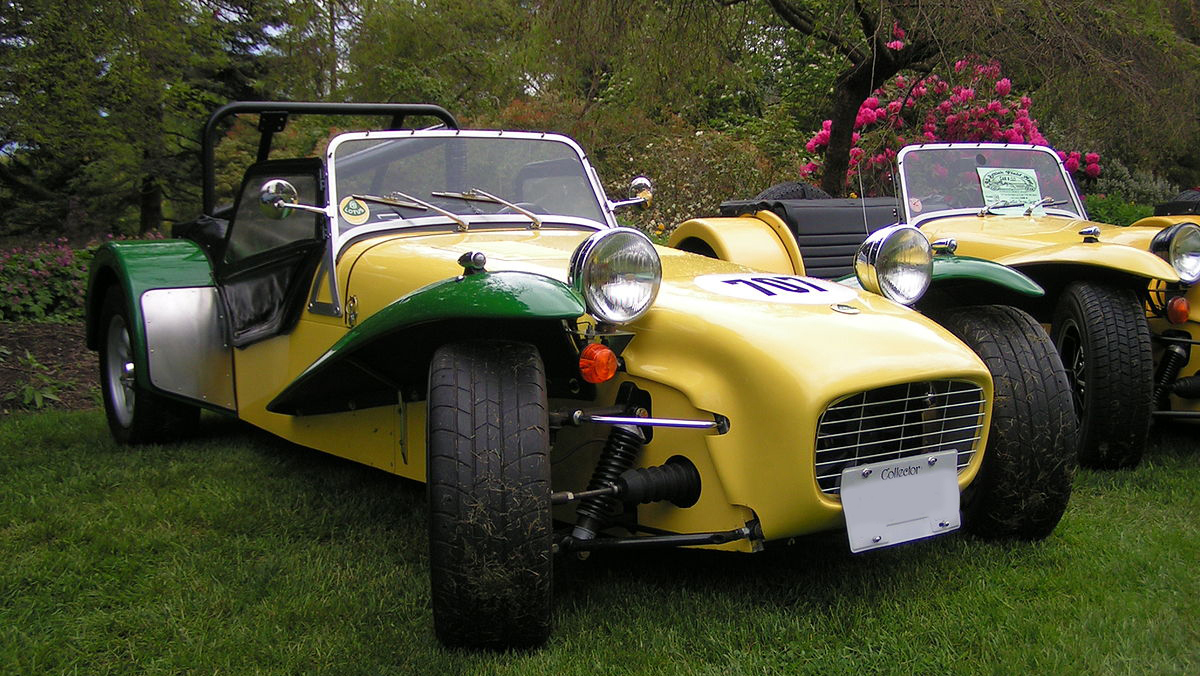
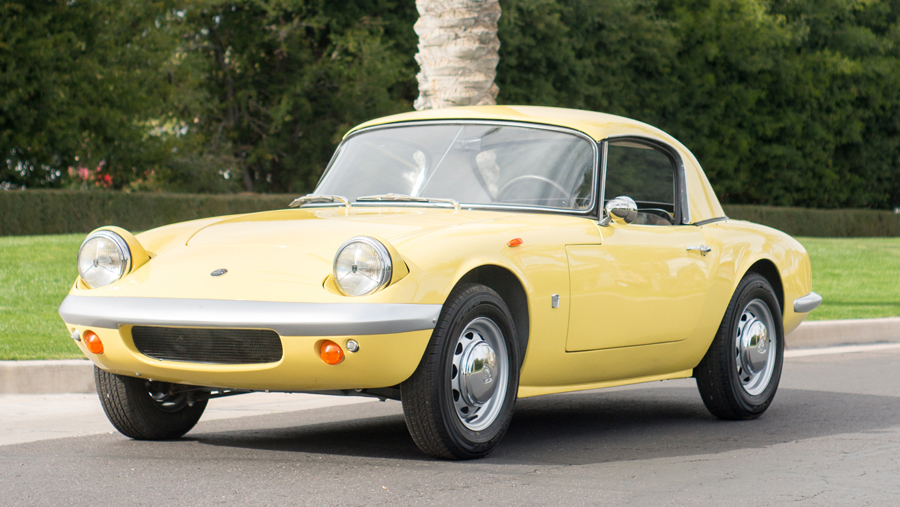

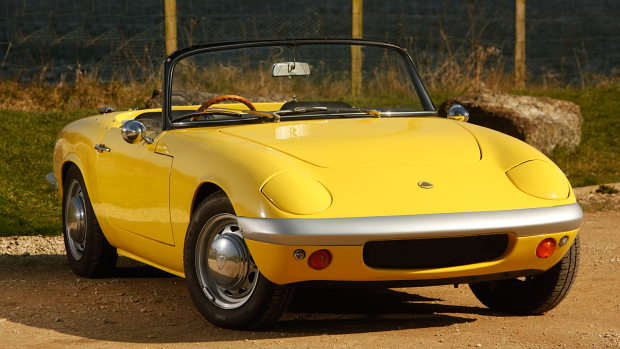
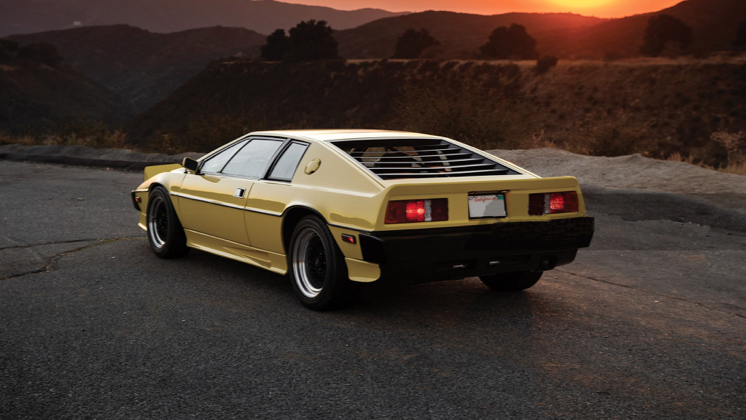
Elan: The First Hit
Lotus introduced the Elan in 1962. More conventional than the Elite, the Elan was still quite advanced, with a steel backbone chassis and fiberglass roadster body. Racecar-like handling was its calling card, and the Elan also introduced the Lotus Twin-Cam engine, a conversion based on a 1.6-liter Ford block.
The tiny and light Elan was very quick, especially the early ’70s Sprint models. A coupe version was later offered, and then even a slightly stretched Elan +2 with a back seat suitable for children and a more luxurious interior.
Secret Agent Man … and Woman
Lotus made about 12,000 Elans through 1973 and another 3,000 or so Elan +2 models through 1975. The Elan’s most famous driver was probably Emma Peel (played by Dianna Rigg), the karate-kicking companion to John Steed (Patrick Macnee) in the classic British TV show, “The Avengers.”
British secret agents would be a recurring theme for Lotus. In the 1967 cult classic TV show “The Prisoner”, the lead character, “No. 6” (played by Patrick McGoohan), drove a Lotus Seven, although only in the opening credits and in one episode. A decade later, the world’s most famous super spy, James Bond, drove a Lotus Esprit that famously turned into a submarine in 1977’s “The Spy Who Loved Me.” Tesla founder Elon Musk bought the car, an actual functional submarine, for $1m in 2013. Some have suggested that its design influenced the upcoming Tesla Cybertruck.
The 29-Year Supercar
Introduced two years before that 007 adventure, the Esprit was a mid-engine semi-supercar, a lightweight machine with a stunning body designed by Giorgetto Giugiaro. He had already created a number of Italian classics by then, among them the Iso Grifo and Maserati’s Ghibli and Bora (plus many important mainstream cars).
Beneath the Esprit’s wedge-shaped body was the first engine designed by Lotus, a 2.0-liter 4-cylinder that made 160 horsepower (but just 140 in the U.S.). A later Turbo model gave the Esprit power to match its looks, and the Esprit became a real Ferrari fighter in 1996 with the Lotus-designed twin-turbo 3.5-liter V8. The Esprit series lasted until 2004, an astounding 29-year run.
Beating Porsche to the Punch
Not to be overlooked, the first Lotus mid-engine production road car was the 1966 Europa, beating the Porsche 914 to market by three years. An odd-looking machine, the Europa was also, like all Lotus models before it, available as a kit. The most memorable Europa was the 1973 John Player Special, painted black with gold pinstriping like the 1972 Formula One Championship Lotus racers sponsored by John Player cigarettes.
In Formula One, Lotus was an innovator and a winner, earning seven Formula One constructors’ championships and six drivers’ championships. Drivers through the decades were a Who’s Who of F1, including Stirling Moss, Jim Clark, Graham Hill, Jochen Rindt, Mario Andretti, Emerson Fittipaldi, Aryton Senna, Nigel Mansell, Nelson Piquet, Ronnie Peterson, Jacky Ickx and others.
Fame, Fortune and New Owners
Lotus introduced a slew of models in the 1970s. In addition to the mid-engine Esprit, there were the front-engine, four-seat Elite (reviving a not-so-old name) and its 2+2 sibling, the Eclat, which was redesigned as the Excel.
Lotus founder Colin Chapman died in 1982 while embroiled in legal action around missing funds from the DeLorean debacle. (Lotus had engineered the DeLorean chassis.) The company continued and prospered, attracting General Motors as a buyer in 1986.
The cash infusion helped Lotus develop a new Elan for 1989, using a turbocharged four-cylinder engine from GM affiliate, Isuzu. Enthusiasts winced at the front-wheel drive configuration, but the new Elan was speedy through the curves. A $40,000 price put a damper on sales, though, especially when one could buy the car that the original Elan had inspired, the Mazda Miata, for less than half that.
In 1990, Lotus Engineering’s handiwork had turned the venerable Chevrolet small-block V8 into the DOHC, 32-valve LT4 V8 for the Corvette ZR1.
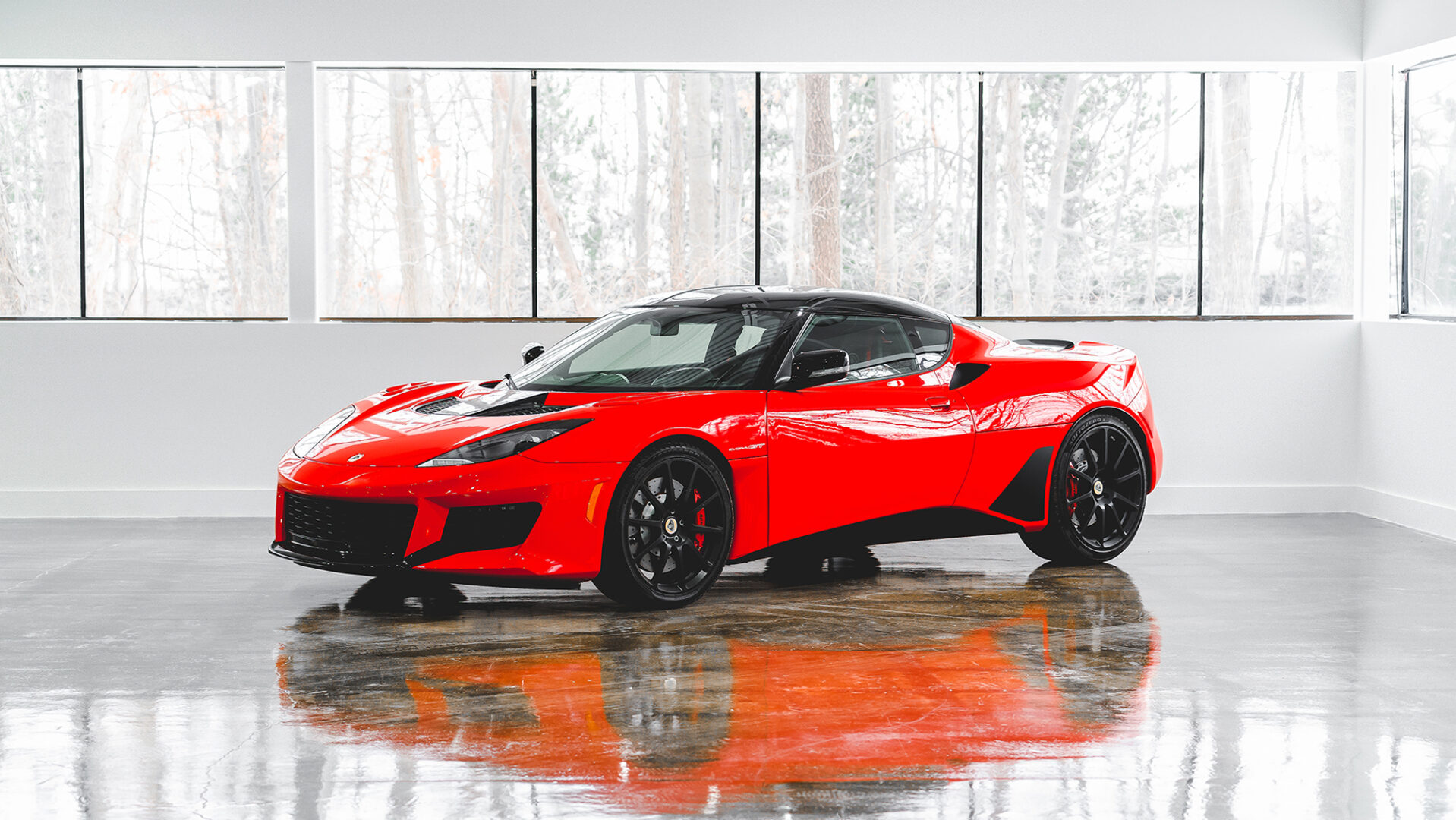

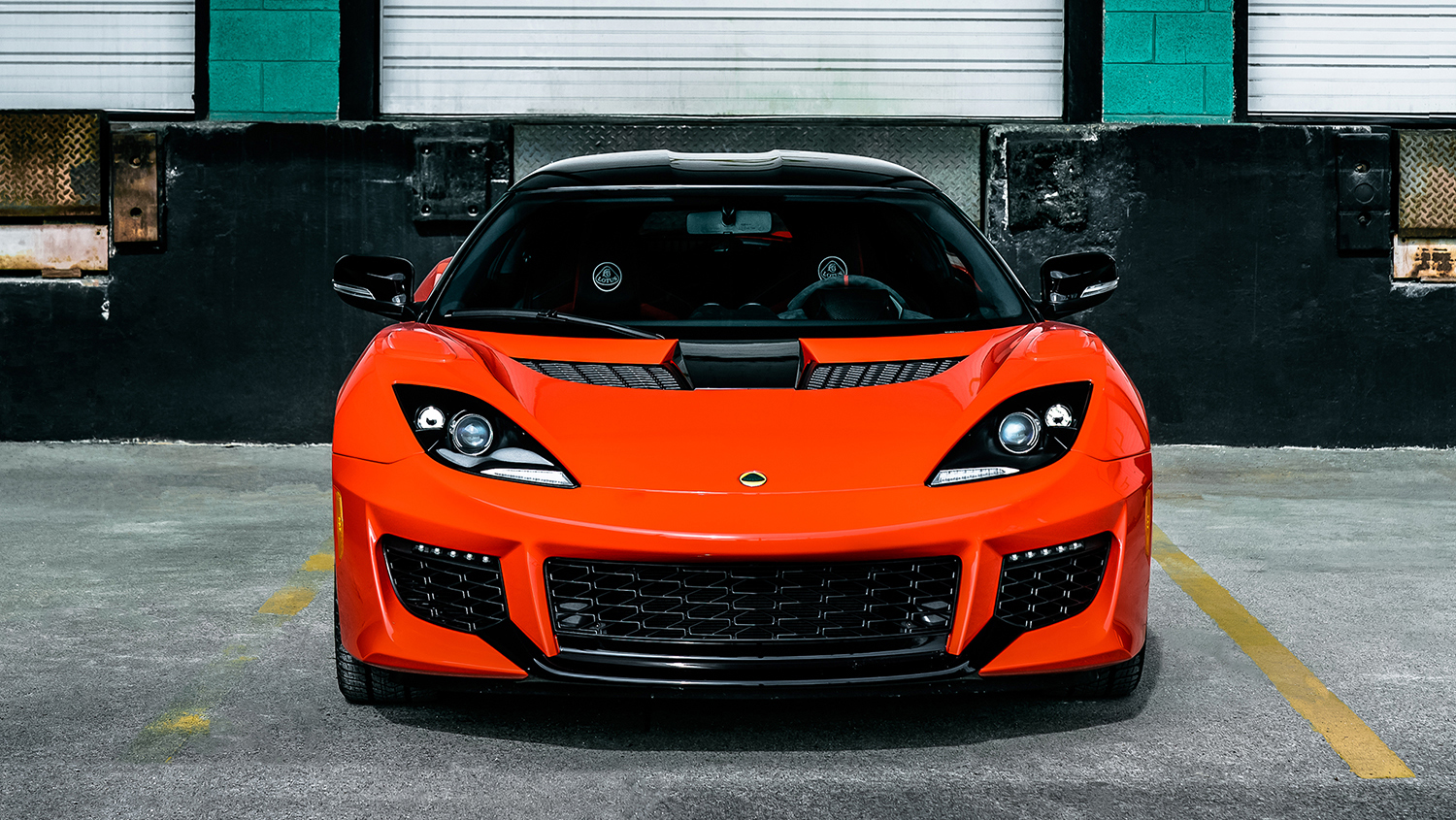
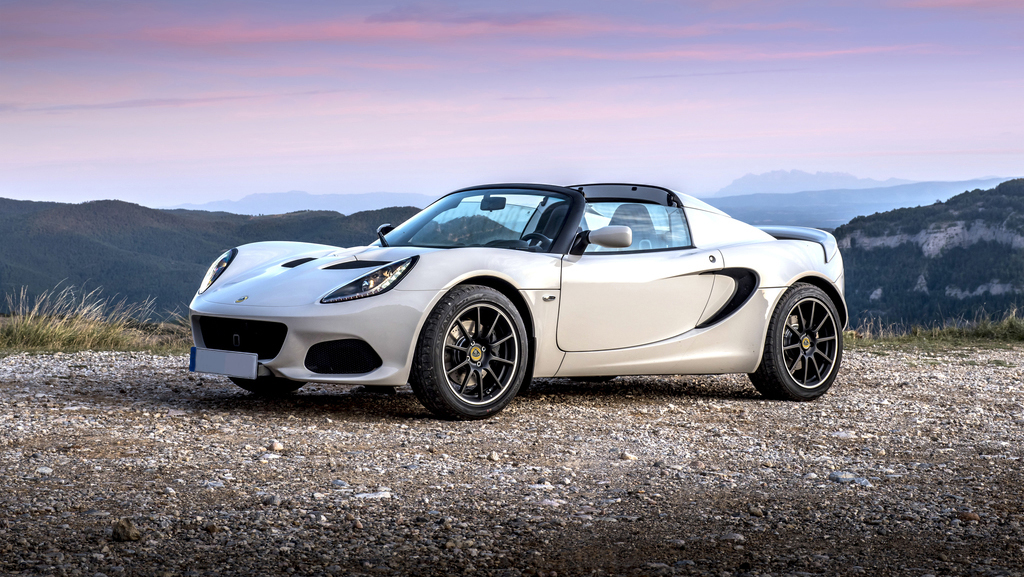
A Return to Form with Elise
At the same time Lotus revved up the Esprit with its twin-turbo V8, the company went back to its “add lightness” roots with a smaller, more affordable mid-engine roadster, the Elise. Barely over 12 feet long and weighing under 2,000 pounds, this tiny roadster caused a sensation in the sports car world.
The Elise uses a fiberglass body on a bonded (glued) extruded aluminum chassis. It offered various Rover and Toyota engines in Europe, while the U.S. version offered only a 190-horsepower Toyota 1.8-liter 4-cylinder engine from the Celica GT-S. With it, the Elise was a scorcher, with 0-60 in under 5 seconds. As Car & Driver said in 2008, “Once you pour yourself into the tiny cockpit, the Elise quite possibly delivers the purest sports-car experience on the market today.”
The Elise was offered in the U.S. only from 2004-2011, after which it could not meet certain safety regulations without changes that would have added more than 220 pounds. The Exige was a coupe variant of the Elise and the advanced Elise chassis was the basis of the first Tesla Roadster. At the other end of the performance car spectrum, the Elise also formed the basis for the wild 1,200-horsepower, 270-mph Hennessey Venom built in Texas.
The Elise was still in production in 2020, when Lotus introduced a series of historic racing liveries for the car.
Evora and Beyond
A car more suited to daily driving, the larger Evora came out in 2008 and remains in production in 2020. A 416-horsepower supercharged Toyota V6 gives this exotic looking 2+2 a top speed of 188 mph. The 2020 Evora GT started at $96,950.
With the Evija, Lotus has staked out a position in the burgeoning electric hypercar category, and electrification is going to play a major role in other upcoming models. We look forward to a bright (and light) future for Lotus.
Lease a Lotus with Premier Financial Services
Whether you want to experience the grandeur of a 1960’s Elan or one of the current models, your first call should be to Premier Financial Services for a LotusLease.
Premier has written hundreds of Lotus leases and has worked with franchised and independent Lotus dealers across the country. Plus, Premier has an exclusive partnership with Lotus USA to lease 2020 Lotus Evora GT’s.
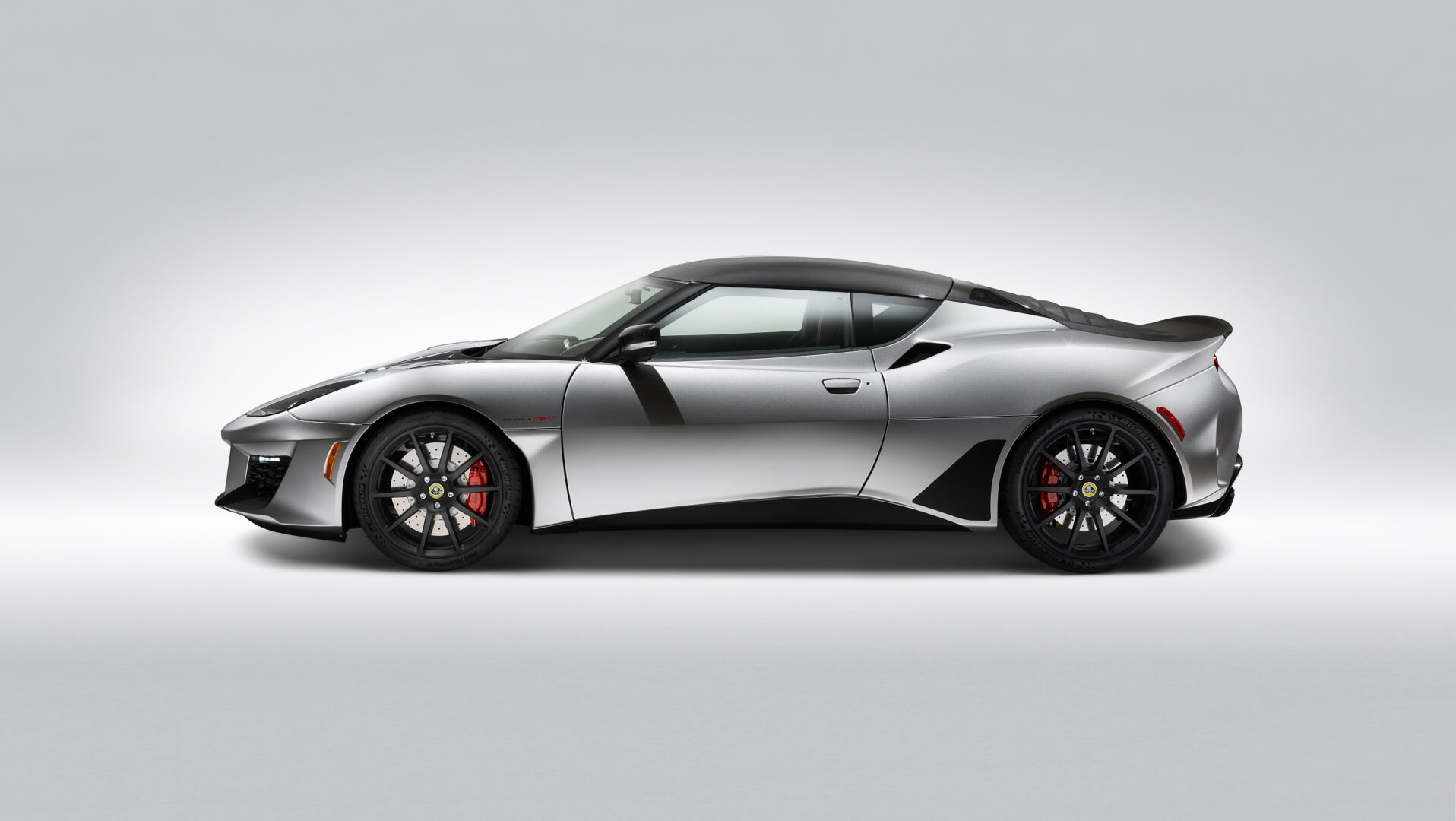
Premier Financial Services is not a licensed dealer and is not otherwise sponsored or endorsed by, or affiliated with Lotus Group.
